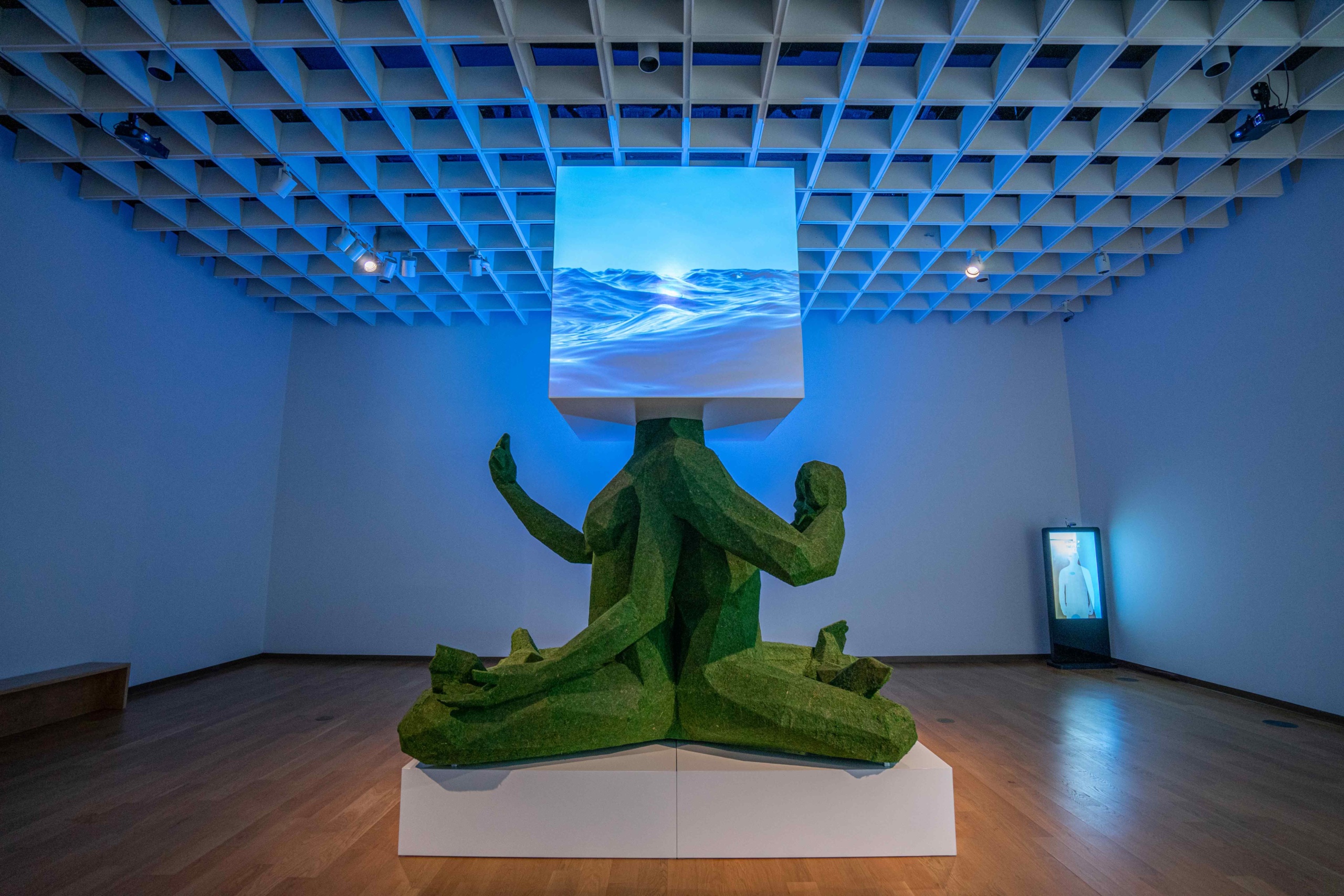
It’s easy to overlook an art exhibition’s capacity for storytelling. Between the spotlight on individual pieces and the freewheeling, choose-your-own-adventure-style of navigating a show, it’s not exactly a format that lends itself to guiding audiences along on a linear narrative.
By design, public artist Jefrë’s debut solo museum exhibition, “Points of Connection,” defies this trend. It’s right there in the name. The new presentation at the Orlando Museum of Art presents a variety of artistic media to take guests on a journey that is at once deeply intimate and conceptually ambitious. Juxtaposing reflective, featureless sculptures against commonplace items like pills and their accompanying medicine bottles in a seamless fashion, the Central Florida-based creative places the personal and the highfalutin on the same pedestal.
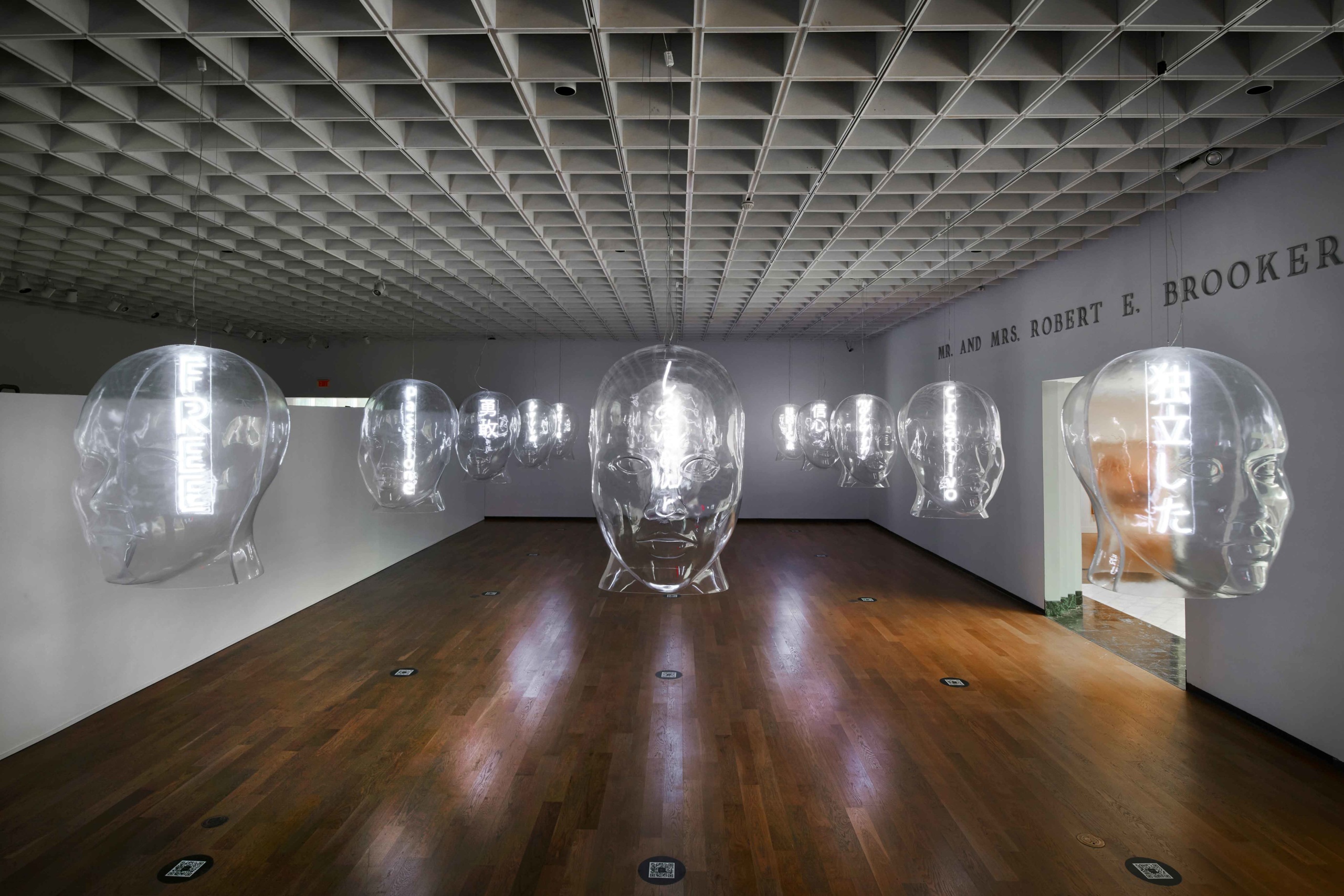
“Points of Connection” gives a holistic view of the artist’s practice, from his struggles with heart disease to his conception of what constitutes a city’s building blocks. Although these may seem like disparate subjects at first glance, the exhibition dispels with that notion quite quickly.
“This is a journey, an inside path of how I became an artist, and in some ways, what inspired me to become an artist,” Jefrë says. A large part of said inspiration derives from his health challenges; before dedicating his life to working as a creative, Jefrë earned a living in the world of architecture and urban design. He was successful too, employed at the prestigious global firm Skidmore, Owings & Merrill and commissioned to work on highly visible projects such as the Atlantis Paradise Island resort in the Bahamas.
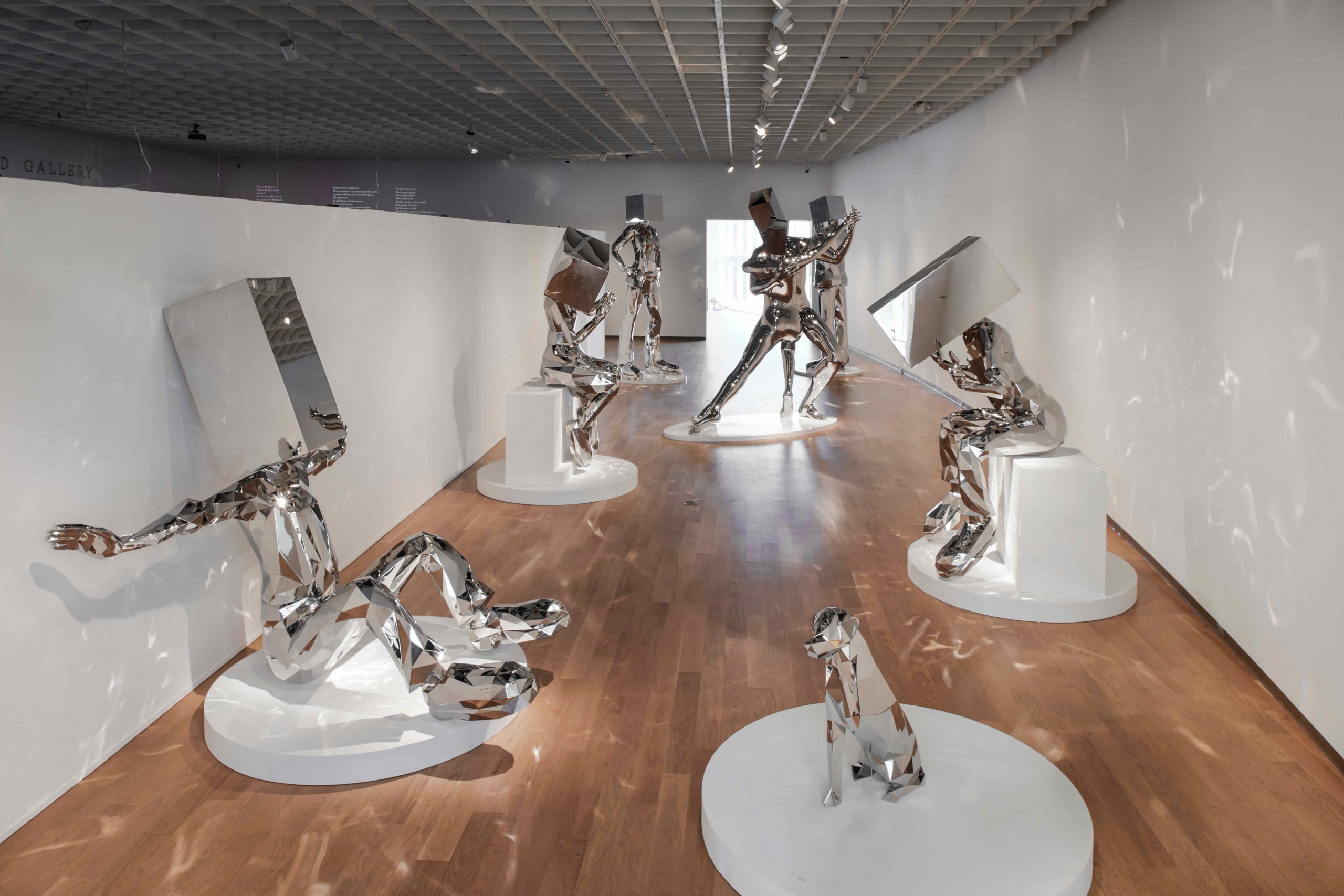
However, his upwards professional trajectory changed after suffering a heart attack at the age of 35 during a design event in Miami Beach. Even with his myriad achievements and the acclaim they afforded, Jefrë used his brush with death to adjust course. “I quit my job, cashed out my 401K and began entering public art competitions,” he says. “This was the start of my journey to doing public art.” The level of care and expertise he displayed in the commercial realm carried over to the creative one, and soon enough he was producing public works for cities around the world.
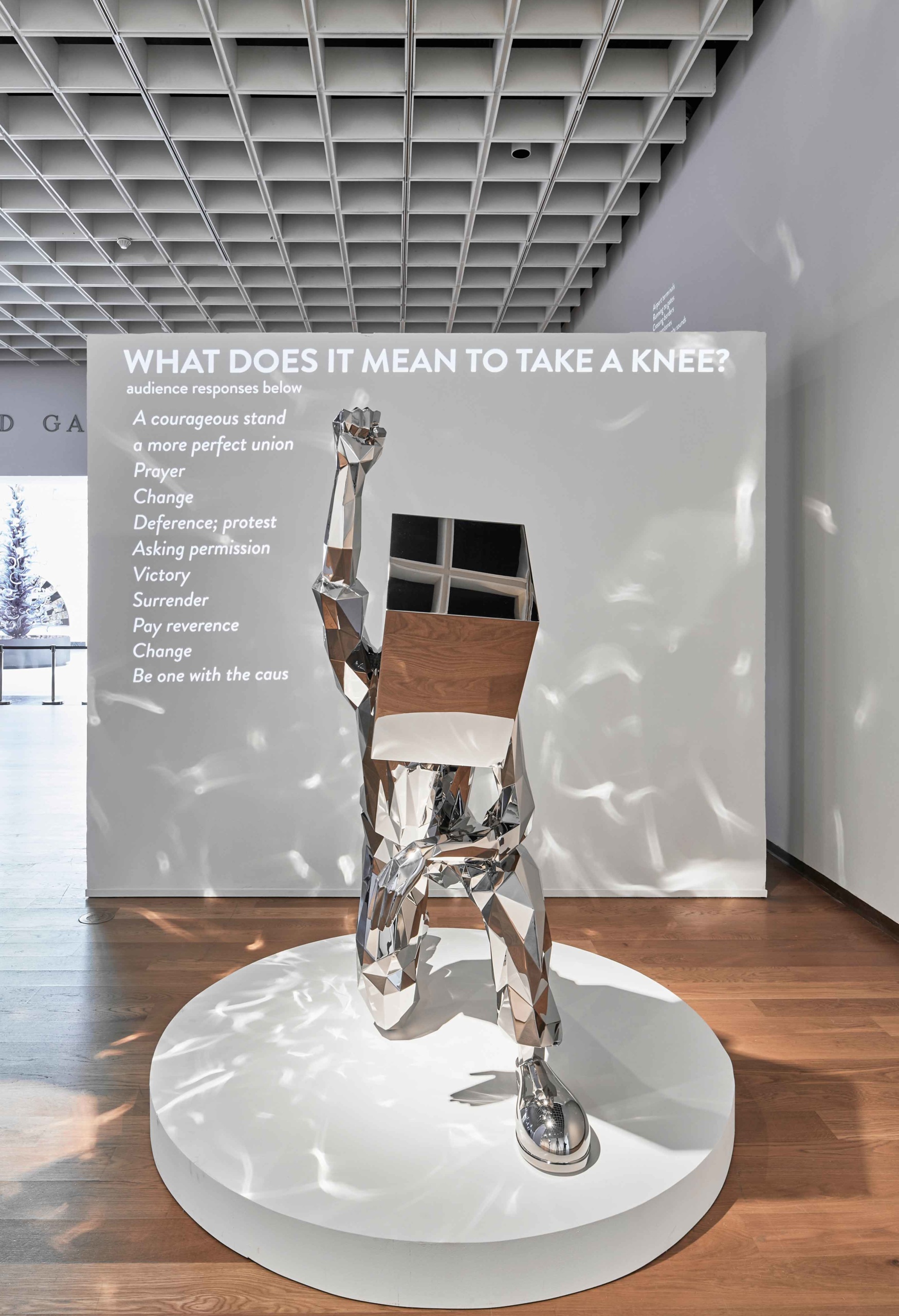
The ties between Jefrë’s external body of work and his internal machinations are made explicit in “Points of Connection.” The stents he received following his heart attack are a recurring visual motif in the exhibition, transformed to resemble lilies in both physical and video form. The same imaginative approach was applied to his prescription treatment: a staggering number of his pill bottles have been collected and lined up like the ghosts of medicine cabinets past. Nearby, the accumulated pills he’s taken to treat his heart are stacked upon one another, a visual he likens to ice cream sprinkles.
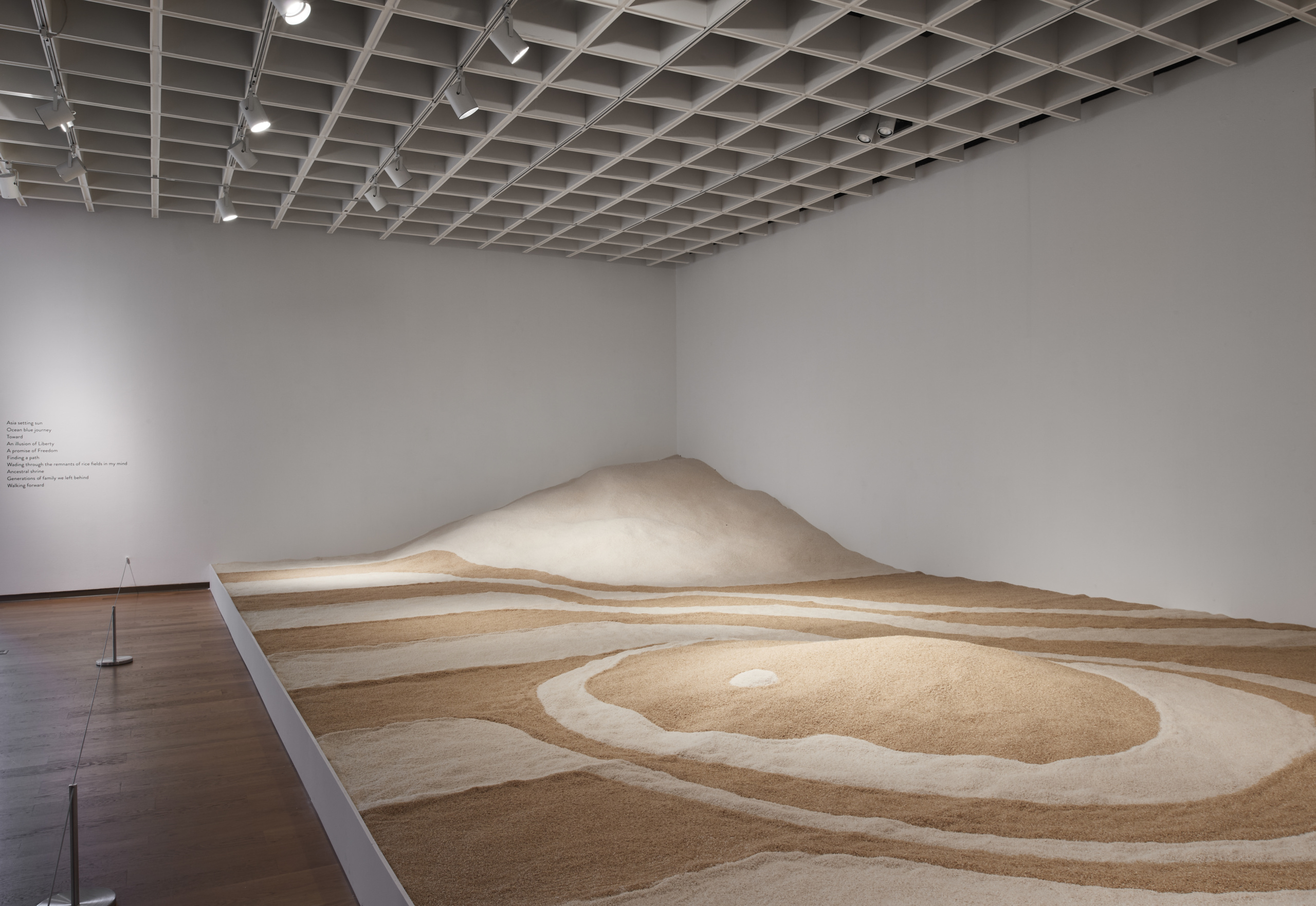
The prevalence of the personal works only amplifies the impressive qualities of the figures on display. Lacking any of the features one associates with a human face, Jefrë’s series of box head figures embodies both his particular journey from urban design to public art and his deeply felt notions and insights into city life, or more specifically, the various components that converge to create a worthwhile metropolis.
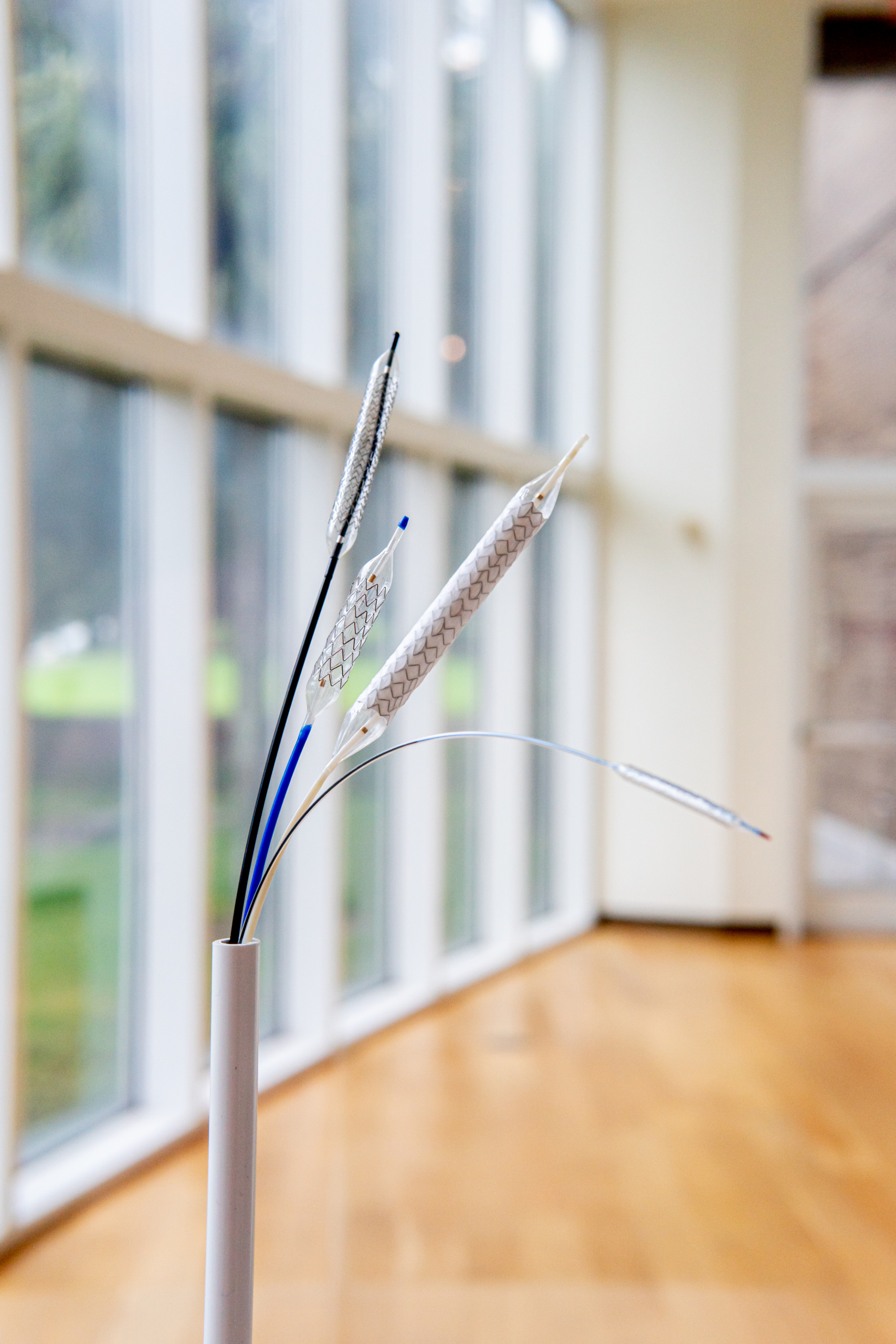
“My heart disease actually made me push the idea that I need to create landmarks and monuments, like I need to leave a legacy,” Jefrë says, noting that even in his architectural work he often designed large-scale projects that stretched to 20- to 24-stories-tall. “I really love to make impacts, impressions and memories for people,” says the artist. In his solo show, as in his public works, that mantra is clear. “Each room is set up differently—every room is different material. When you walk into the room people respond, 'Oh!' and they're just overwhelmed,” he explains. “I think it's a good opportunity in terms of a message that art should be more about a journey.”



